
‘Sewage doesn’t lie’ when tracking Covid-19
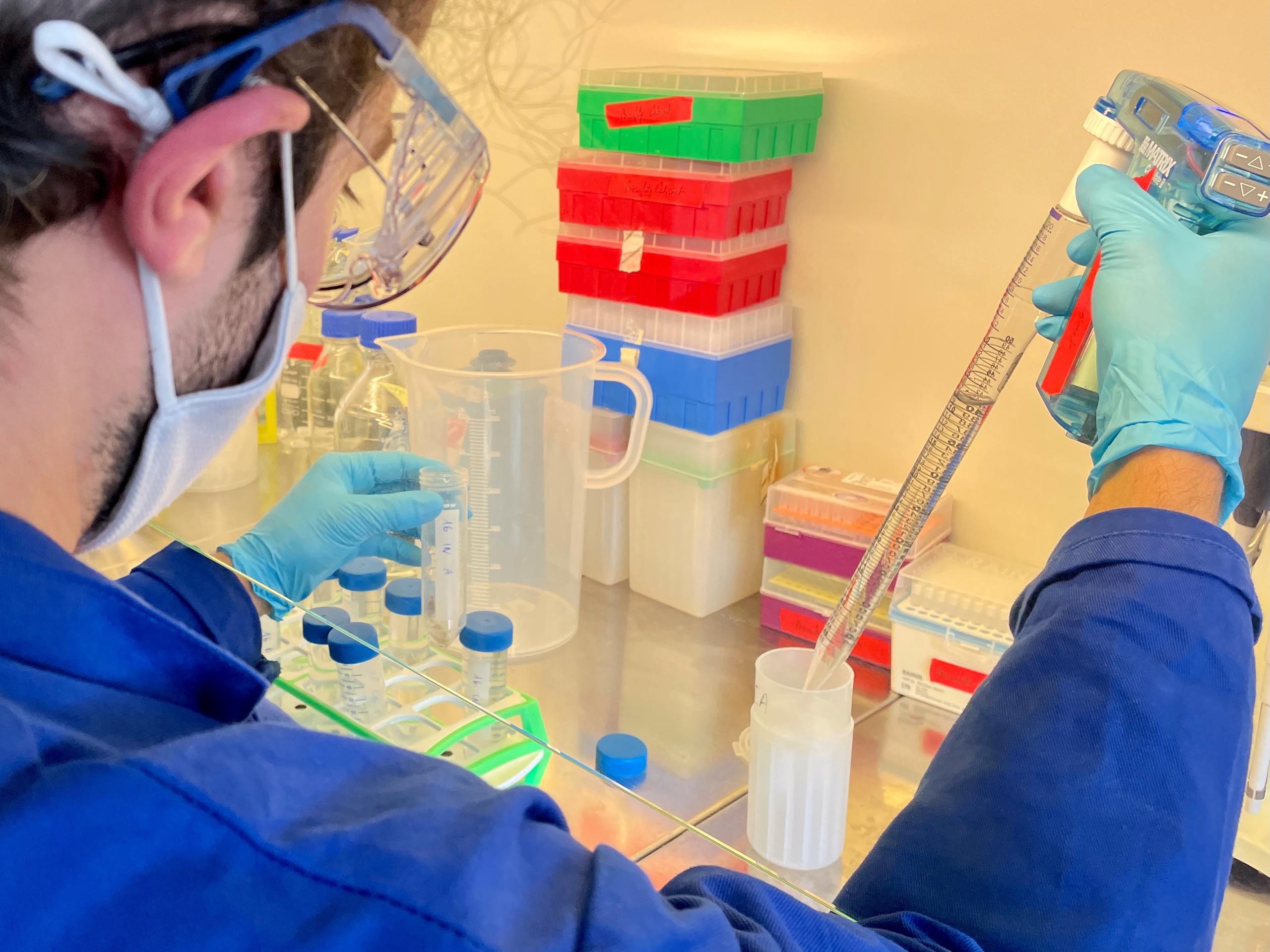
For over a year, scientists have been hunting for traces of Covid-19 in Swiss sewage, achieving several worldwide breakthroughs. But the project’s future is now in question.
“Sometimes they are more champagne coloured, sometimes more like cappuccino – the samples are varied,” says Federica Cariti.
In a lab at the Swiss Federal Institute of Technology Lausanne (EPFL)External link the young researcher uses a gun-shaped device to measure out a precise amount of effluent into glass tubes. Later, the turbid liquid will be filtered and concentrated in an elaborate preparation process to detect and quantify the presence of SARS-CoV-2.
“This is a centrifuge that works a bit like a washing machine. We put the samples inside for 30 minutes on maximum power to clean them,” she explains.
A plastic beaker fitted with special membrane then filters the liquid to catch any viruses or proteins. The sample is further concentrated to get a sample suitable for final scrutiny.
Since their discovery of the novel coronavirus in Swiss wastewater samples in February 2020, this painstaking process has become routine for the team of four researchers at EPFL. They work with specialists from the Swiss Federal Institute of Aquatic Science and Technology (EawagExternal link) in Zurich and a branch of ETH Zurich in Basel to provide detailed assessments of the virus’s progression.
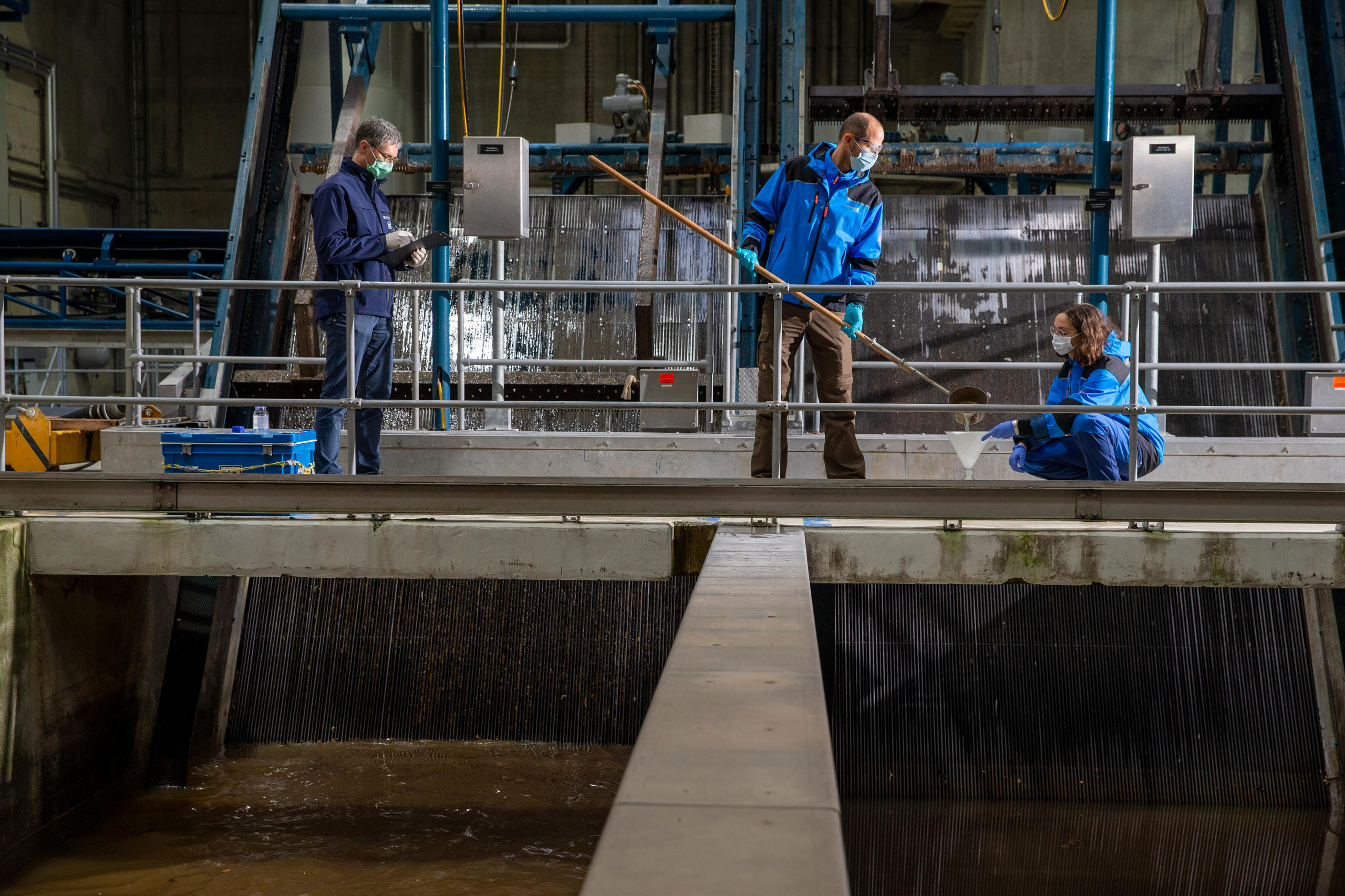
Samples have been regularly collected at wastewater treatment plants in Zurich and Lausanne since last summer and tested for the Covid-19 virus. Thanks to financial support from the Federal Office of Public Health (FOPH), the research project was expanded this February to six plants dotted across Switzerland. It now covers a wider catchment zone of around one million residents in rural and urban areas (out of a population of 8.6 million).
“Using sewage to monitor viruses circulating is not new,” explains EPFL scientist Xavier Fernandez Cassi. “But doing it at this scale on a daily basis with this number of plants and using genome sequencing is amazing. We have never done this kind of work for any virus.”
Sewage mapping
After two deadly waves, Covid-19 has infected almost 665,000 people in Switzerland and killed over 10,000, although the FOPH estimates that the true infection numbers may be up to one-third of Switzerland’s population. A vaccination campaign began in late December and is accelerating. The number of new virus cases has recently stabilised amid fears of a third wave.
Implementing effective virus testing and tracing has been a challenge, especially with Switzerland’s federal system of governance which places responsibility for testing with the country’s 26 cantons. But over time, monitoring has generally improved.
Switzerland’s Covid wastewater monitoring programme, which began as a small research project, is now viewed as an important complementary surveillance tool for decision-makers alongside clinical tests. Its conclusions about viral concentrations and fluctuations are cited at health expert press conferences in Bern.
The method offers several advantages. The virus can be detected several days earlier in wastewater than with clinical tests, as time elapses between the appearance of the first symptoms and confirmed results. Sars-CoV-2 can be detected in wastewater from as few as 10 new cases.
Wastewater doesn’t lie, says Eawag team leader Christoph Ort.
“It’s an efficient way to test a big population. because of 100% compliance in a country like Switzerland that has a good wastewater system,” says Ort. “It’s also relatively cheap compared to other testing measures.”
Monitoring wastewater for Covid-19 is being done in various countries, including the US, BritainExternal link, Brazil, the Netherlands and Italy. The Swiss team, a close-knit group from the ETH federal research domain, has led the way with several breakthroughs.
For example, they use the wastewater data to calculate the so-called reproduction (Re-value).
“Until now, we seem to be the only ones doing this to facilitate successful comparison with Re values based on case numbers or hospitalisations or deaths,” says Eawag spokesperson Andri Bryner.
And over the Christmas period the Swiss scientists became the first to identify successfully the British variant in wastewater.External link
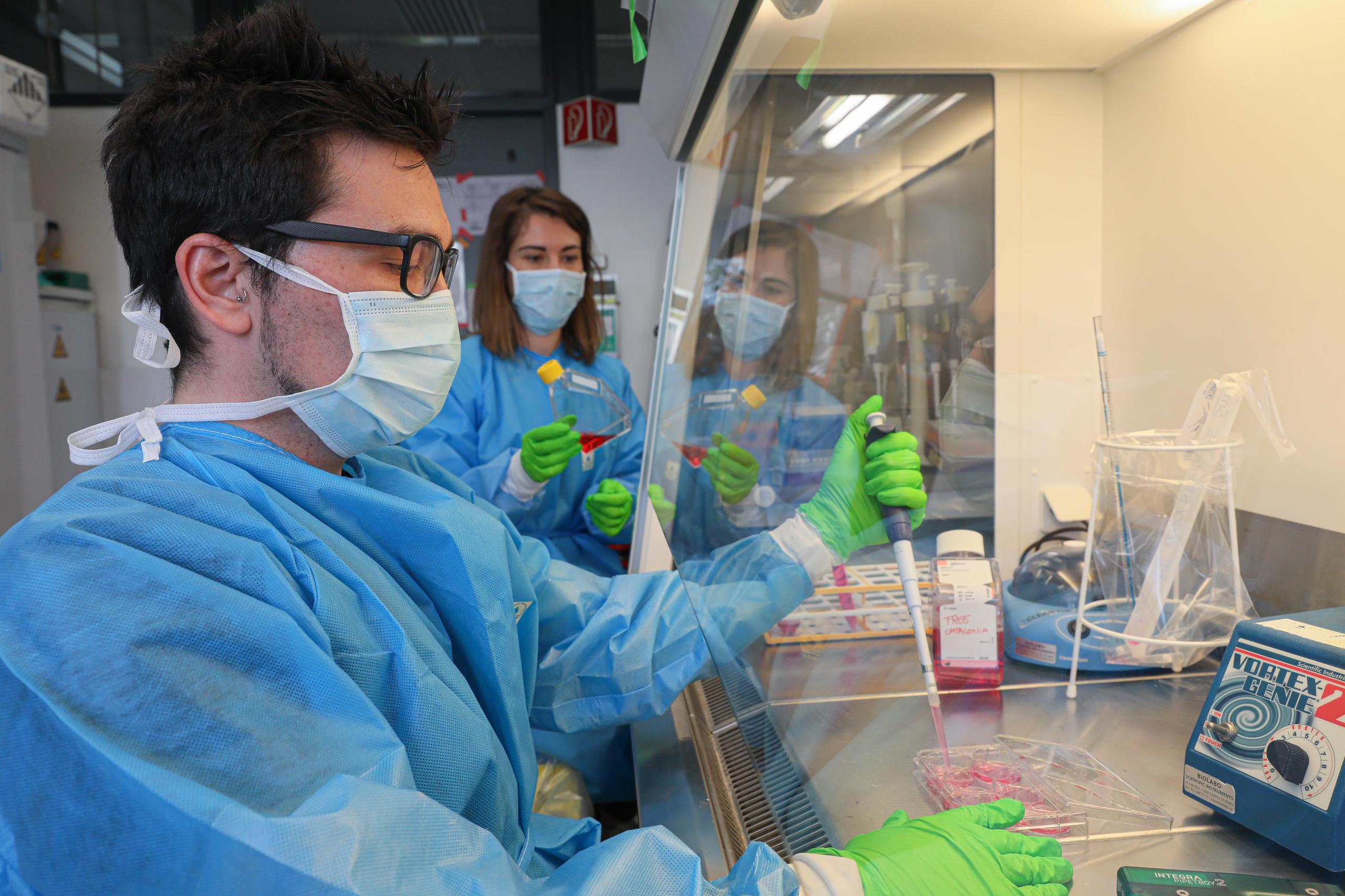
Trends, not cases
Yet such monitoring has its limitations. Right now it can only provide data on trends and not actual case numbers. The wastewater samples also fail to distinguish between new cases of infection and people who have recovered but are still excreting SARS-CoV-2 genetic material.
“We still don’t know enough about who excretes how much identifiable viral genetic material, and when this occurs,” says Ort.
Initially, the team also hoped that wastewater analysis would provide information much more rapidly than clinical tests. Researchers in Switzerland and abroad used to be warned of trends up to two weeks’ before they showed up in mass testing.
“Since a lot more testing can now be done, and the results are available sooner than they were at first, we’re no longer so far ahead,” says Ort.
At many points in the pandemic Switzerland had a test positivity rate that was well above 5%, which according to WHO indicates a high number of unidentified cases.
Recently, Eawag’s wastewater data from Zurich was able to confirm a disparity between higher wastewater infection levels and actual number of registered clinical tests. It is thought that this could be linked to a drop in the number of PCR and antigen tests carried out in the region since Easter.

Will it continue?
The FOPH views the research programme as a useful complementary instrument for identifying possible Covid clusters.
“We stand clearly behind these tests and will want to continue with them. They are a good tool to be able to follow the development of the pandemic in a different way,” Patrick Mathys, head of crisis management at the Federal Office of Public Health, recently told reporters.
But at the time of writing, the future of the programme, like the progression of the virus, remains uncertain. The wastewater monitoring project’s current contract with the health office runs until the end of July 2021. Various services and officials at federal and cantonal level are involved in deciding whether and how it continues.
“The conclusion of a new contract for the continuation of the project cannot be excluded but it will depend a great deal on the virus situation and the evolution of the number of infections in Switzerland,” FOPH spokesperson Grégoire Gogniat told SWI swissinfo.ch.
Going forward, the researchers hope their Covid monitoring work can continue and, with the network in place, serve as an early warning system for any future outbreaks across a broader area in Switzerland, including the identification of new or emerging variants. They are aware, however, that some of this work may eventually be outsourced to cantonal or commercial laboratories.
But beyond Covid, the team remains convinced of the power of the monitoring technique, which has been used in the past to hunt for cases of polio and illegal drugs.
“It’s not just a pandemic tool,” says Tamar Kohn, the EPFL’s team leader, who points out that the monitoring could be used to sample for genes that are resistant to antibiotics, a problem that greatly worries public health agencies.
“It could have many other health applications like monitoring for influenza or cancerous viruses like human papillomavirus that we are learning more about,” she adds.
“We’ll see how much further we can push this.”

More
Monitoring wastewater for Covid-19

In compliance with the JTI standards
More: SWI swissinfo.ch certified by the Journalism Trust Initiative
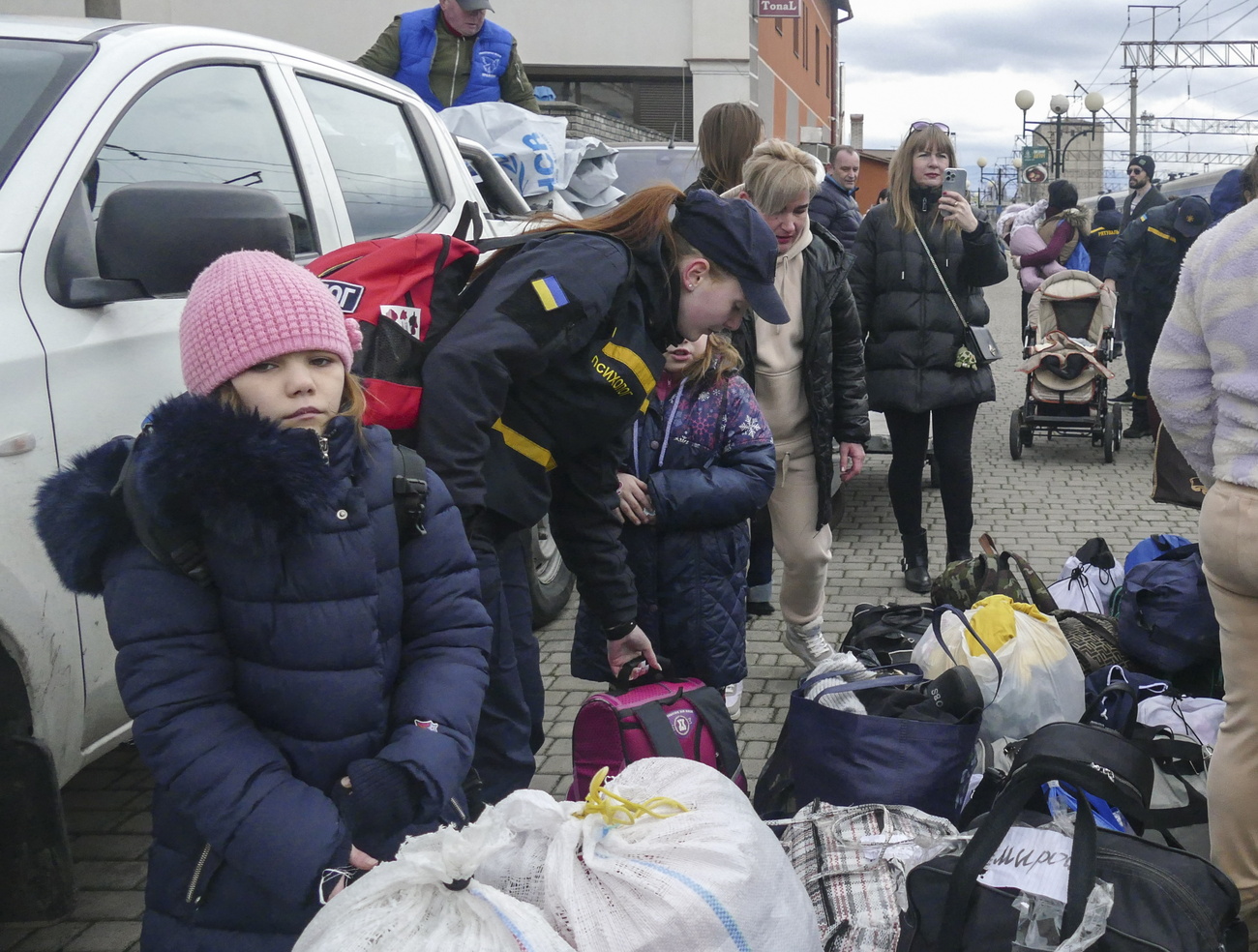













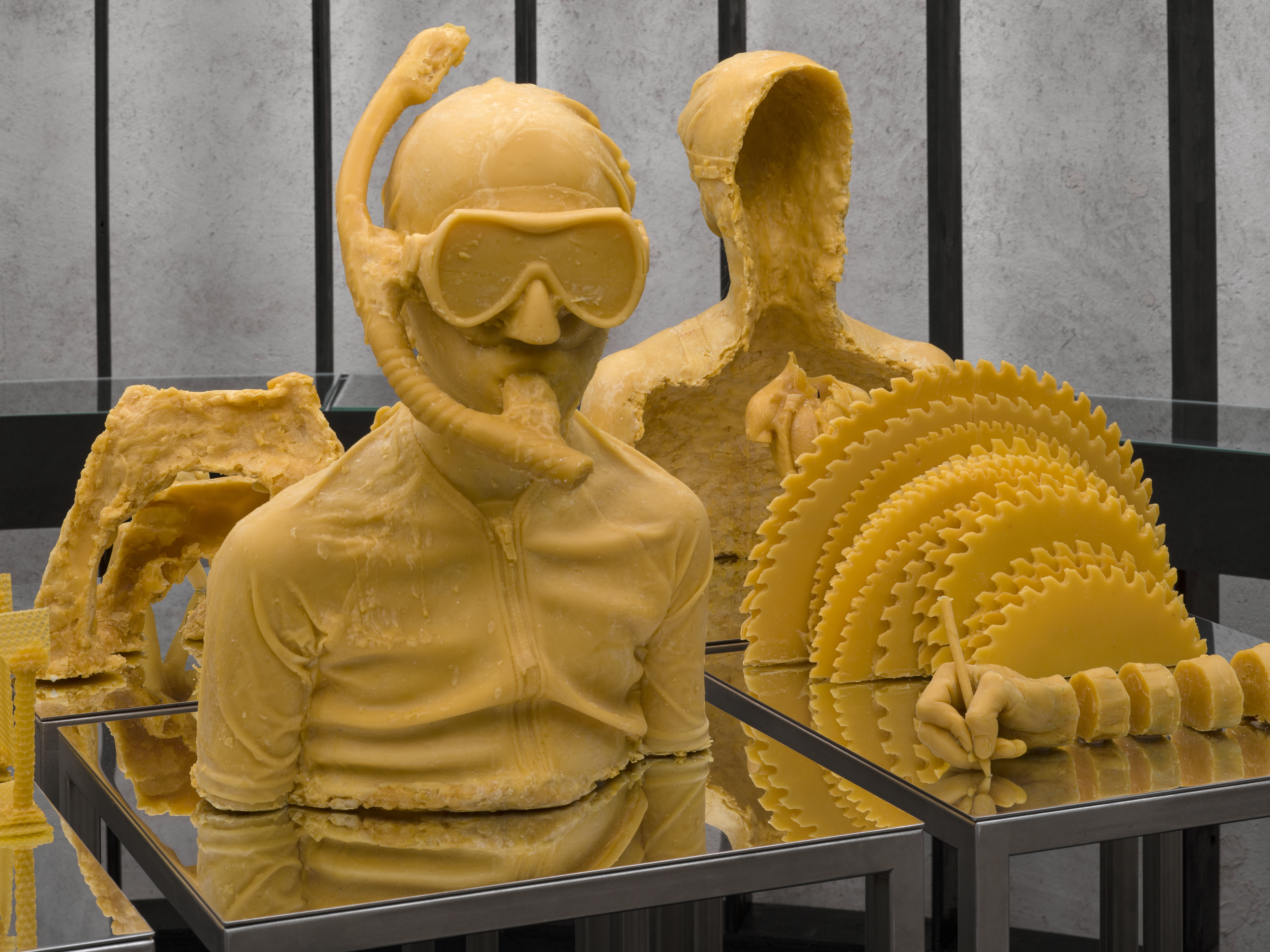




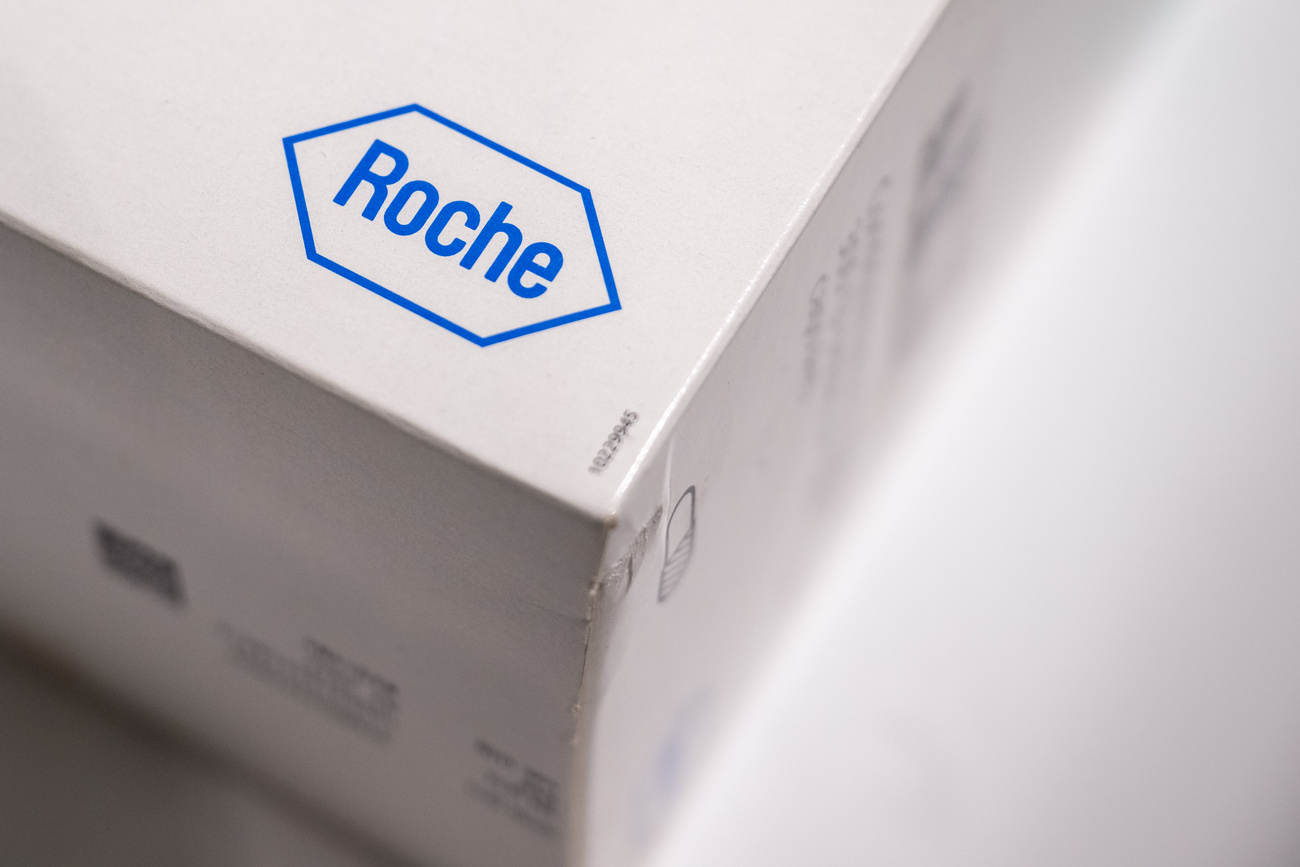








Join the conversation!